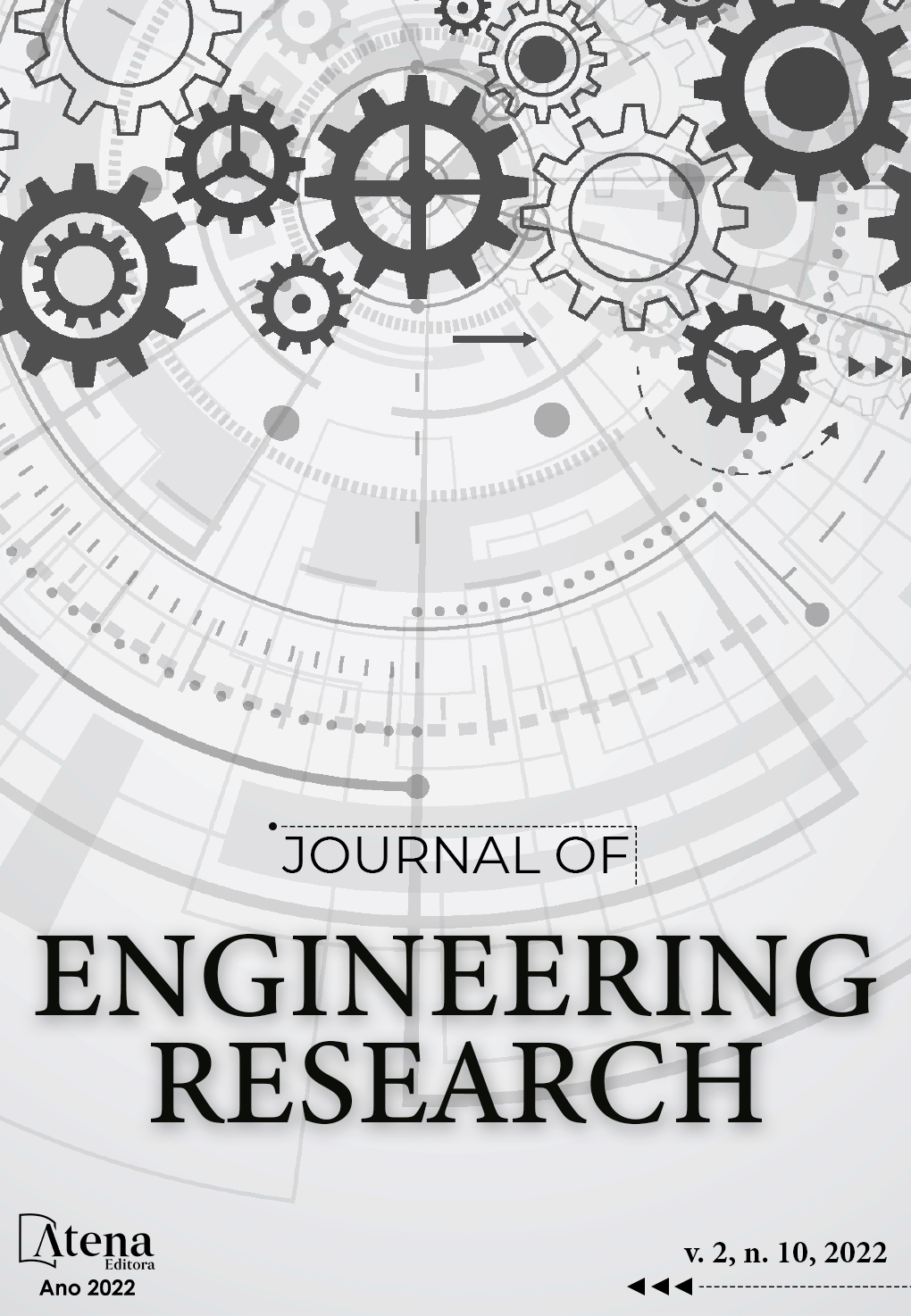
EL SIGUIENTE NIVEL EN LA INTERPRETACIÓN DEL ENSAYO DE PENETRACIÓN ESTÁNDAR (SPT)
Tradicionalmente el ensayo de penetración estándar (SPT) ha sido el ensayo mas utilizado para la exploración de suelos desde hace mas de 50 años. A pesar de sus importantes limitaciones y a la existencia de ensayos mas sofisticados, el ensayo SPT sigue siendo un ensayo común en la práctica rutinaria de la ingeniería geotecnia.
La falta de generalización de las correlaciones sumado a la falta de un marco conceptual teórico sólido para la interpretación del ensayo ha impedido su posicionamiento como un ensayo de alta confiabilidad para la caracterización geotécnica.
No obstante, lo anterior durante la década de 1980, se desarrolló una línea de investigación que fundamentaba la interpretación del ensayo en la propagación de ondas mecánicas en el sistema. Los hallazgos de estos ensayos fueron retomados por investigadores en Brasil, quienes extendieron las investigaciones, logrando aplicar exitosamente modelos matemáticos para la solución de la ecuación de onda junto con modelos constitutivos similares a los usados en el análisis de pruebas dinámicas de carga en pilotes (PDA), logrando por primera vez demostrar que la mecánica del ensayo SPT puede ser interpretada como un sistema mecánico en el cual la energía introducida al sistema por el impacto de un martillo se transforma en trabajo mecánico de las fuerzas no conservativas aportadas por el suelo como reacción del sistema.
Considerando las pruebas instrumentadas de ensayos SPT que se han realizado en Colombia, los cuales han permitido calibrar las variables de los equipos utilizados en los ensayos, se utilizaron los resultados de los nuevos modelos de interpretación del ensayo SPT para la obtención de parámetros geomecánicos (Vs, Su y f’), en dos proyectos diferentes: Uno en la instalación portuaria ubicada a 5 km del municipio de Tolú y el otro ubicado al lado del club de la policía en la ciudad de Bogotá. Los resultados obtenidos fueron comparados con ensayos de laboratorio, ensayos tipo CPTU y parámetros retrocalculados a partir de pruebas PDA, mostrando una correspondencia y equivalencia de los parámetros obtenidos a partir del nuevo modelo de interpretación del ensayo SPT demostrado su validez.
EL SIGUIENTE NIVEL EN LA INTERPRETACIÓN DEL ENSAYO DE PENETRACIÓN ESTÁNDAR (SPT)
-
DOI: 10.22533/at.ed.31721022200610
-
Palavras-chave: -
-
Keywords: -
-
Abstract:
Traditionally, for more than 50 years the standard penetration test (SPT) has been the most widely test used for routine geotechnical exploration. Despite its significant limitations and the existence of more sophisticated tests, the SPT remains as a common test in routine geotechnical engineering practice.
The lack of generalization in the correlations added to the lack of a solid theoretical framework for the interpretation of the test has limited its capabilities as a highly reliable test for geotechnical characterization.
However, during the 1980s, a research that based the interpretation of the test on the propagation of mechanical waves in the system. The findings of these tests were taken up by researchers in Brazil, who extended the investigations by successfully applying mathematical models to solve the wave equation together with constitutive models similar to those used in the analysis of dynamic load tests in piles (PDA). For the first time, it was possible to demonstrate that the mechanics of the test in the SPT can be interpreted as a mechanical system in which the energy introduced to the system by the impact of a hammer is transformed into mechanical work of the nonconservative forces exerted by the soil as a reaction of the system.
Considering the instrumented SPT tests that have been carried out in Colombia and have allowed calibrating the variables of the equipment used in the tests. The results of the new interpretation models of the SPT test were used to obtain geomechanical parameters (Vs, Su and F ), in two different projects: One in the port facility located 5 km from the municipality of Tolu and the other located next to the police club in the city of Bogotá. The results obtained were compared with laboratory tests, CPTU tests and back-calculated parameters from PDA tests, showing a good level of agreement between the different methods demonstrating the validity and reliability of the new procedure in the interpretation of the SPT test.
-
Número de páginas: 10
- Nicolas Echeverr Pinto


